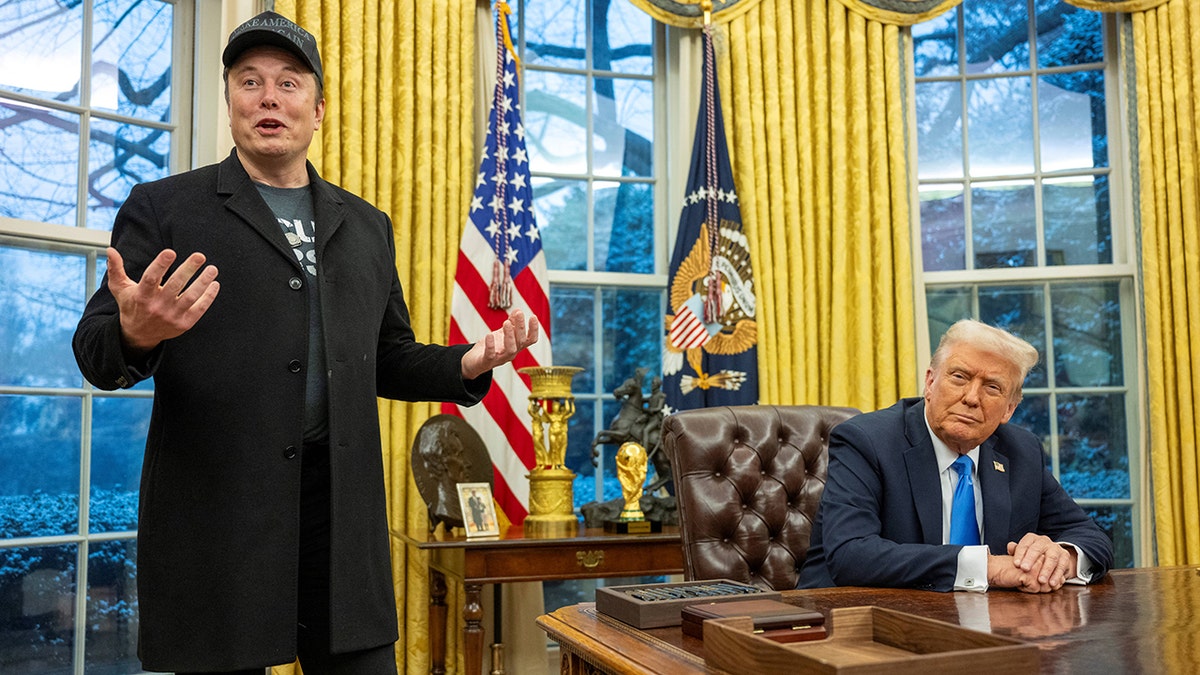
Trump Administration Orders Federal Agencies to Prepare for Widespread Workforce Reductions and Reorganizations
The Trump administration is poised to initiate a significant overhaul of the federal government, directing agency heads across the country to prepare for large-scale reductions in force (RIF) and develop comprehensive reorganization plans by mid-March. This initiative, spearheaded by the Office of Management and Budget (OMB) and the Office of Personnel Management (OPM), signals a renewed commitment to streamlining government operations and cutting costs, fulfilling a key promise made by President Trump during his 2024 campaign.
A memo, slated to be distributed to agency heads by OMB Director Russell Vought and acting OPM Director Charles Ezell, outlines the administration’s directive. The document instructs agencies to identify and prepare for the elimination of roles, alongside the creation of reorganization plans, with a deadline of March 13 for initial submissions.
However, the memo provides certain exemptions to this order, specifically excluding positions deemed essential for law enforcement, border security, national security, immigration enforcement, and public safety. Furthermore, officials nominated and appointed to positions requiring presidential appointment or Senate confirmation, individuals within the Executive Office of the President, and U.S. Postal Service workers are also excluded from the mandated workforce reductions.
The memo, formally titled "Guidance on Agency RIF and Reorganization Plans Requested by Implementing the President’s ‘Department of Government Efficiency’ Workforce Optimization Initiative," underscores the administration’s rationale for this sweeping reform. It argues that the federal government has become overly costly, inefficient, and burdened by debt, while failing to deliver optimal results for the American public.
"The federal government is costly, inefficient, and deeply in debt," the memo states. "At the same time, it is not producing results for the American public. Instead, tax dollars are being siphoned off to fund unproductive and unnecessary programs that benefit radical interest groups while hurting hard-working American citizens."
The memo emphasizes that President Trump’s re-election in 2024 signifies the American people’s desire for a dramatic transformation of the federal bureaucracy. It cites the president’s earlier executive order, which called for agencies to "eliminate waste, bloat, and insularity" to "empower American families, workers, taxpayers, and our system of Government itself."
The guidance provided to agency heads in the memo covers various aspects of the RIF and reorganization plans, including detailed instructions on how these plans should be submitted to OMB and OPM.
The memo stipulates that "Agency Heads shall promptly undertake preparations to initiate large-scale reductions in force, consistent with applicable law." It further specifies that agencies must submit their reorganization plans "no later than March 13, 2025."
According to the memo, the reorganization plans should strive to achieve several key objectives: enhanced service delivery to the American people, increased productivity, a significant reduction in the number of full-time equivalent positions through the elimination of non-essential roles, a reduced real property footprint, and a reduced budget topline.
OMB and OPM have instructed agency heads to prioritize the "maximum elimination of functions that are not statutorily mandated while driving the highest-quality, most efficient delivery of their statutorily-required functions." Additionally, agencies are directed to consolidate areas of their organization charts that are "duplicative" and streamline management layers by eliminating "unnecessary layers."
The memo also emphasizes the need to "maximally reduce the use of outside consultants and contractors," aiming to bring more work in-house and reduce reliance on external expertise.
With regard to office space, agency heads are encouraged to close or consolidate regional field offices and to align these closures or relocations of bureaus and offices with agency return-to-office actions, thereby minimizing relocation benefit costs for individual employees.
The memo divides the reorganization planning process into two phases. "Phase 1" of the plans, focused on initial assessments and proposed reductions, must be submitted by March 13. "Phase 2" plans, which should outline a "positive vision for more productive, efficient agency operations going forward," are due by April 14. The administration intends for the implementation of Phase 2 plans to be completed by September 30, 2025.
This initiative represents a bold attempt by the Trump administration to reshape the federal government, reflecting a commitment to fiscal responsibility, operational efficiency, and a reduction in the size and scope of government. However, it is likely to face scrutiny and potential resistance from various stakeholders, including federal employee unions, members of Congress, and advocacy groups concerned about the potential impact on government services and the workforce. The success of this endeavor will depend on the ability of the administration to effectively manage the implementation process, navigate legal and political challenges, and demonstrate tangible improvements in government performance.
